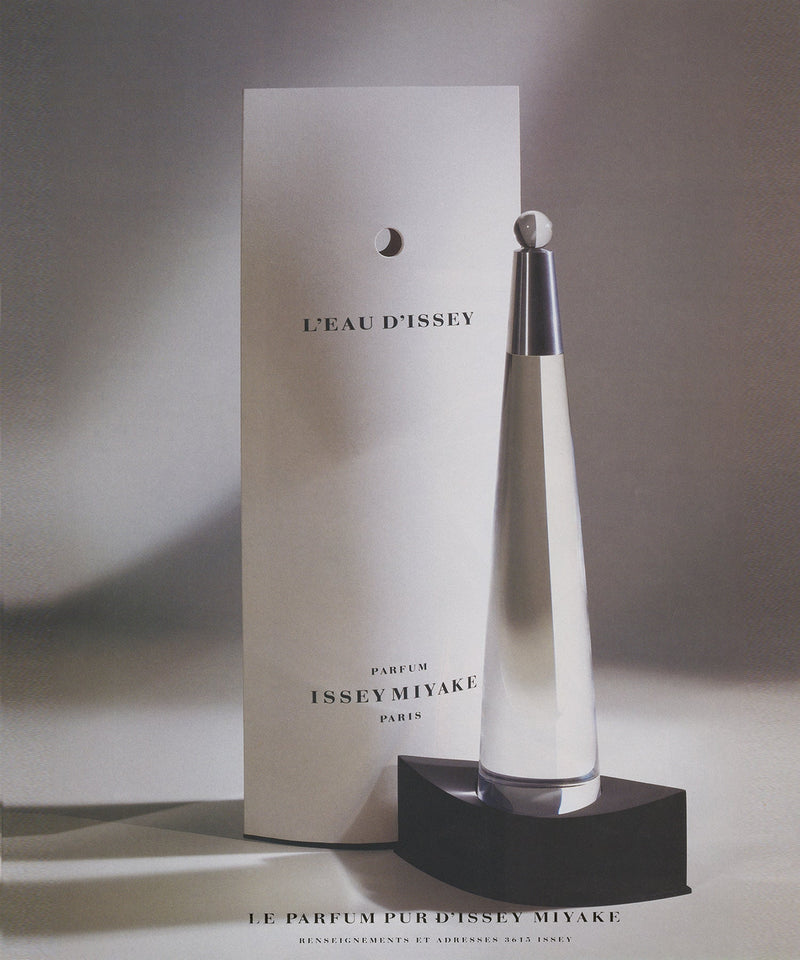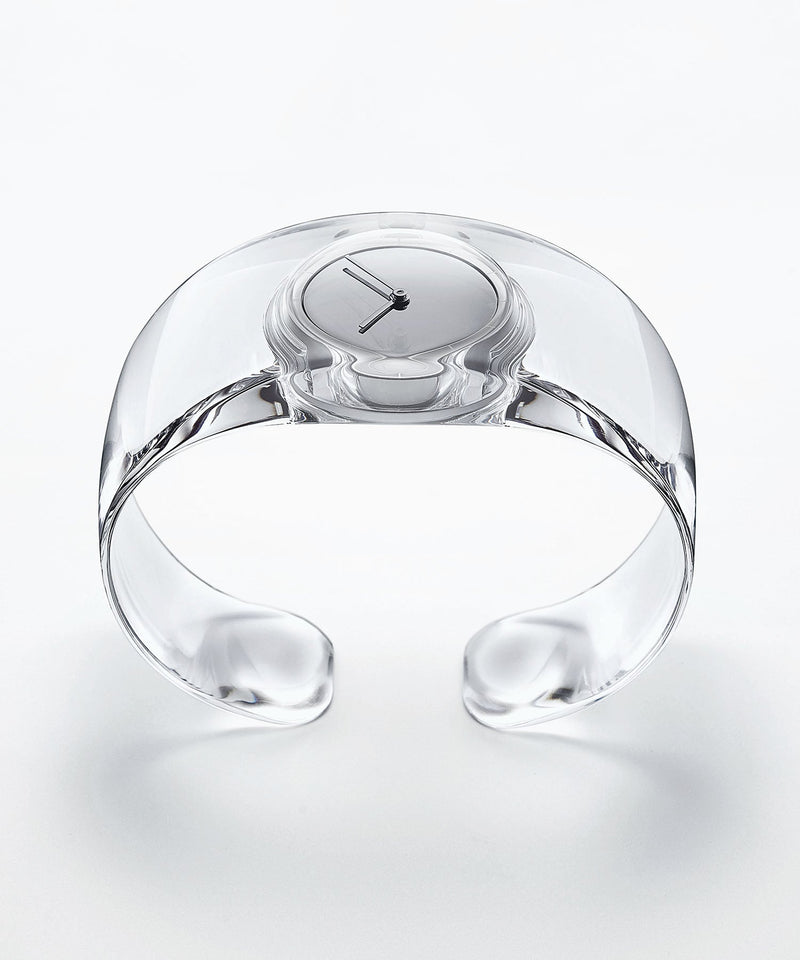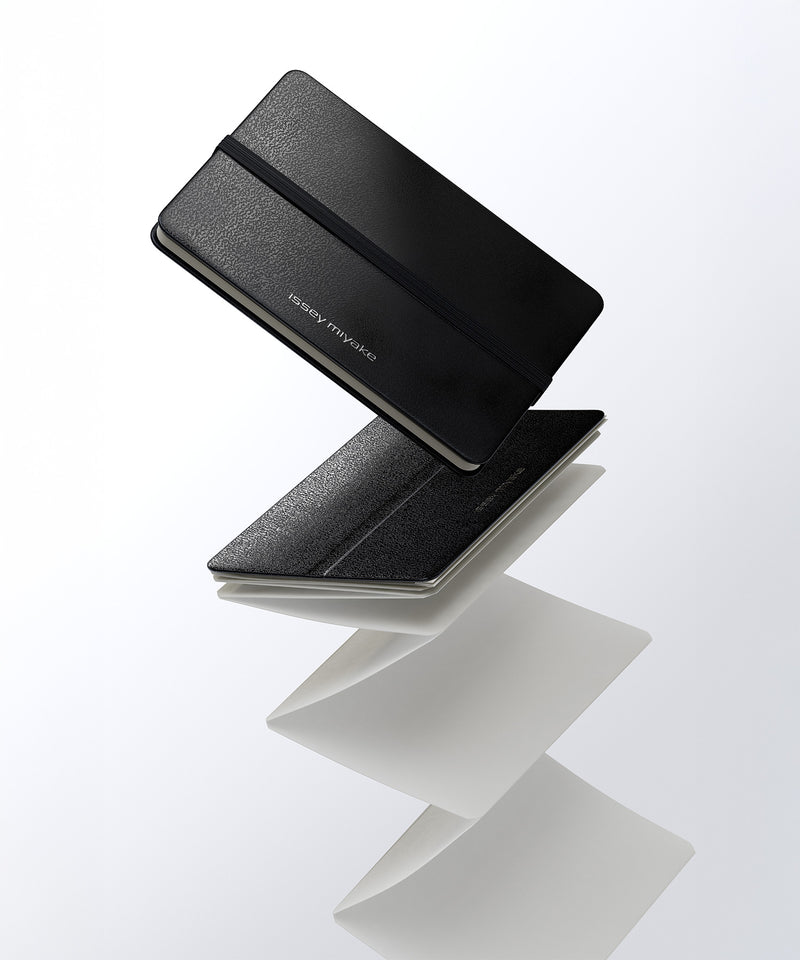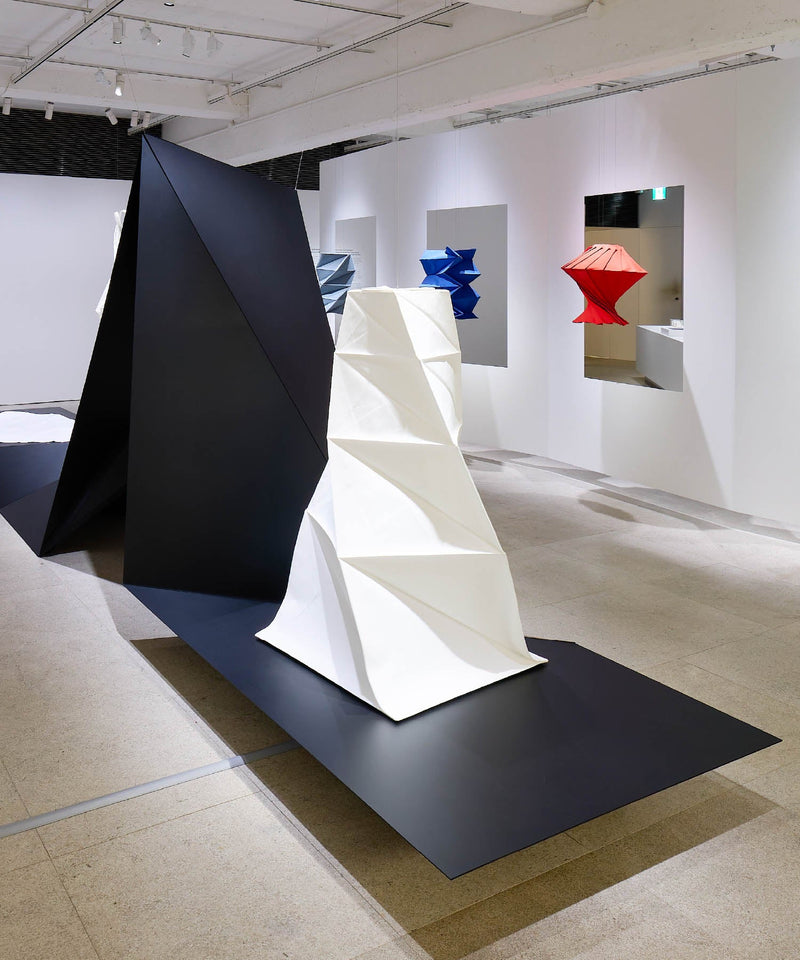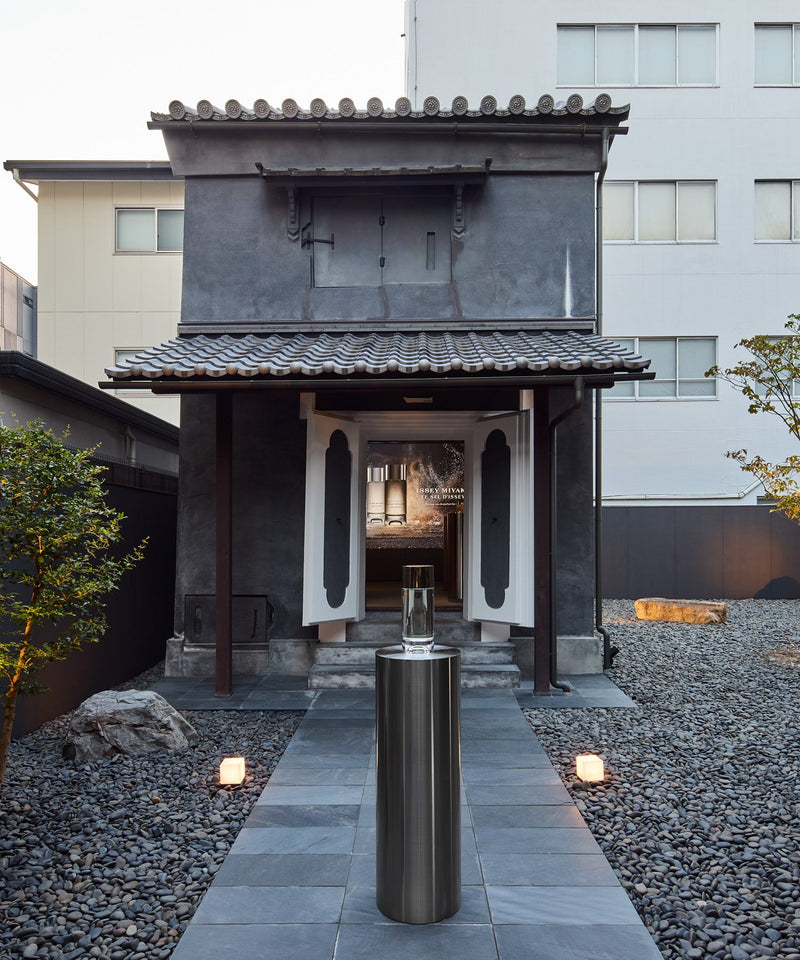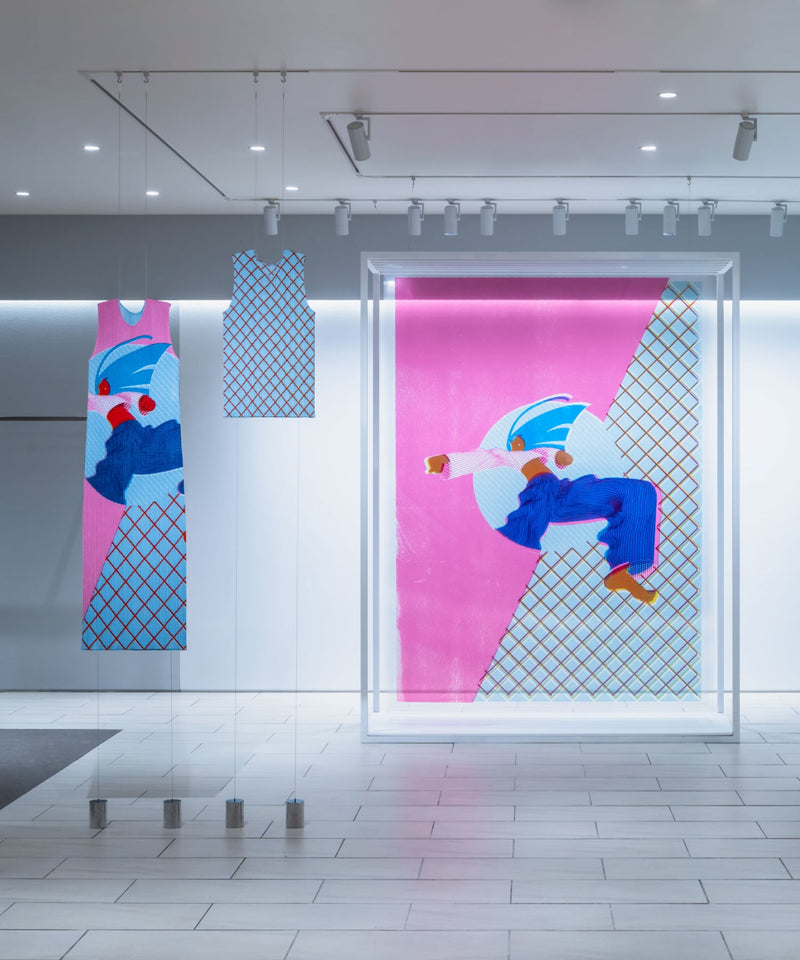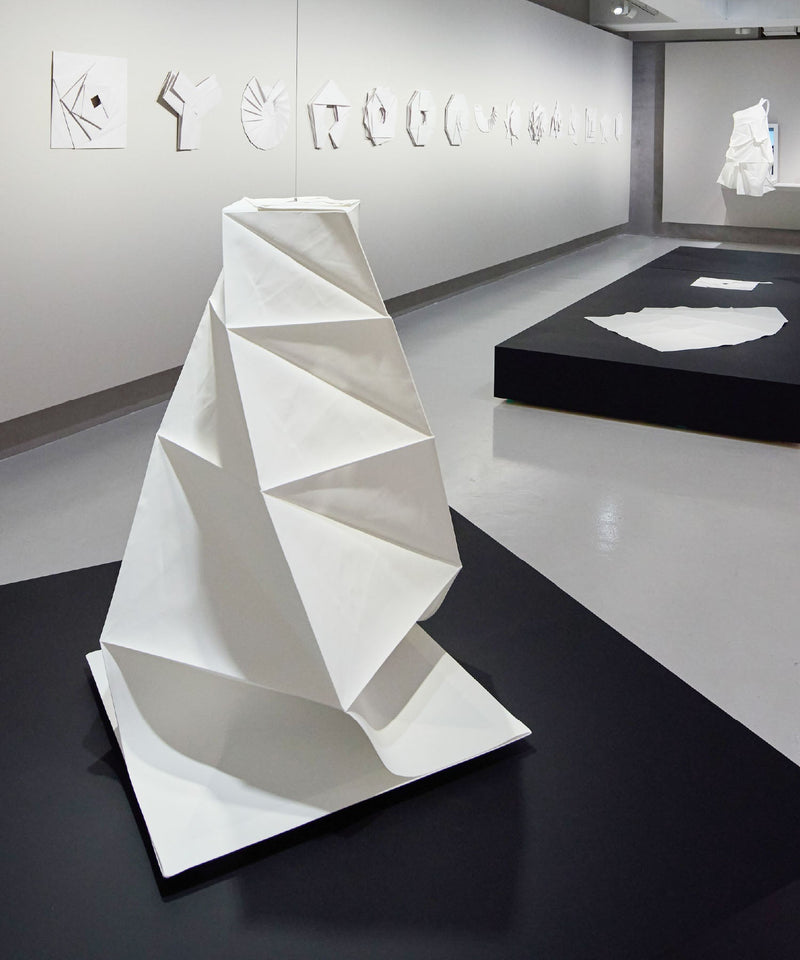The HaaT brand concept is based on three similar-sounding words.
“HaaT” is the “heart” of Made in Japan. “HaaT H” is a Hindi word that means “hand” that conveys Indian craftsmanship to the present day. And the combination of these two is "HaaT" which means village market in Sanskrit.
HaaTH, which makes you sense the warmth of hands, conveys Indian craftsmanship to the modern era. The products, which are created by artisans of the highest level based on traditional clothes-making at their workshop in Ahmedabad City in northwest India, are so precise that it is hard to believe that they are handmade. We want to apply the techniques passed down from hand to hand to modern garments with designs from Tokyo. Fascinated by the traditions and culture rooted in this region of India, we continue to collaborate in manufacturing.

HaaT clothing is made one-by-one through the handwork of artisans.

Workshops preserve countless wooden blocks, and by combining them, artisans create patterns of infinite variety.

The workshop is located in a remarkably lush green corner with large trees. The family that runs it set up the workshop to hand down the traditional techniques, as they have been in the spinning business for generations.

Meals for lunch in India. The artisans who quietly engage in handwork become relaxed during tea time.
TAMASHA
Tamasha, a word in Hindi meaning “festival.”
In the hands of the artisan, it takes form with a quiet grace, as though imbued with prayer.
The tape-like fabric is finished with machine stitching, its orderly seams aligned like the steady cadence of a chant. This time, two colors are used, woven together by hand, where harmony gradually unfolds. The handles are reinforced with dense close-stitching for strength, while the zipper pull is adorned with dori and boriya—scraps of fabric reborn into new shapes. In these subtle details lies a devotion that brings warmth to the piece.
BLOCK PRINT

Block Print.
The patterns carved into a small wooden block come alive through repeated impressions, spreading across the surface as an ancient craft. The artisan presses the block rhythmically with the palm, layering each print as though counting heartbeats. Years of experience refine this sensibility, guided by a breath so subtle it is almost imperceptible.
In this work, two different patterns are overlaid, adding even greater depth. A slight shift in pressure, the presence or absence of a faint blur, all must remain in harmony. The lines and colors, pressed twice, waver between chance and inevitability—giving rise to a beauty unique to this technique, never the same twice.
KABIRA

Sashiko. Kabira.
One stitch. Two worlds.
Japan and India have a long embroidery tradition, defined by rows of repeated stitches, sewn one by one, flowing across the surface of textiles.
These rhythmic micro-patterns, rooted deeply in both cultures, weave a connective human thread that transcends time and place. At HaaT, these two worlds overlap in creative synergy. For more than two decades, HaaT has reimagined new forms of creative expression through the layers of India’s ancient textile heritage – including Kabira.
In Japan, Sashiko came to life in the northeastern Tohoku region. For centuries, farmers repaired worn clothing with countless single stitches, blending utility with a quiet, everyday beauty. A similar ethos of sustainable craftsmanship defines Kabira in India. Rows of stitches are sewn onto textiles to layer and reinforce them, creating warmth, strength and a rich visual texture.
HaaT explores the timeless ideas shared by these two textile cultures in a new KABIRA series. It was brought to life by artisans at a factory in India who fuse generations-old wisdom with the brand’s timeless contemporary expression.
Durability. Craftsmanship. Tradition. Innovation. Sustainability. Universal beauty. These values, shared by the rich textile cultures of both India and Japan, define HaaT’s new Kabira series – a harmony of two worlds, connected by a single stitch.










